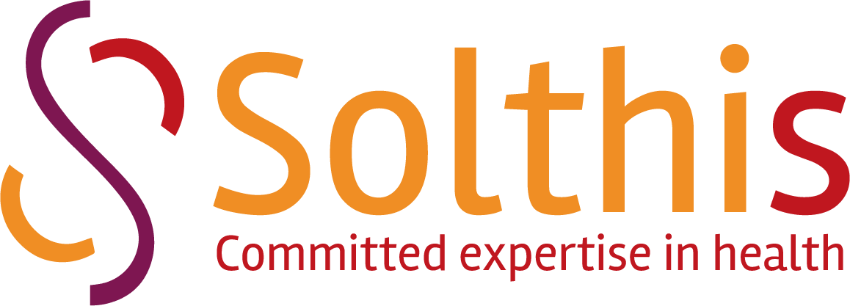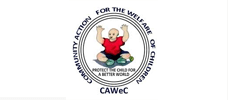January 2025 – December 2027
Intervention area
Sierra Leone
Context:
- In 2019, 21% of teenage girls in Sierra Leone had a child or were pregnant, and 82% of these pregnancies were unwanted (DHS 2016).
- In 2019, Sierra Leone had 314 maternal deaths per 100,000 births, one of the highest rates in the world. An estimated 40% of these maternal deaths occur in adolescent girls, with obstetric complications representing the 1st cause of death in this population (DHS 2019).
- Early pregnancy exposes adolescent girls to high risks of obstetric complications and maternal mortality, as well as stigmatisation and social and family rejection.
- Gender-based violence (GBV) affects 53% of women over the age of 15 in Sierra Leone, increasing the risk of early pregnancy.
- Excision is still common, affecting around 90% of women.
- Shortcomings in the training of carers, the organisation of healthcare structures and the lack of referral systems complicate care provision.
- Policies exist, such as the national strategy to reduce teenage pregnancies, but they are not sufficiently implemented.
- Social norms and the domination of the medical establishment limit the autonomy of adolescent girls and young women in managing their own health.
General objective:
To help reduce maternal and neonatal mortality and morbidity in two districts of Sierra Leone.
Beneficiaries
-
15 members of DRCH
80 mother leaders and 46 community leaders
50 health professionals in 8 health centers
10 representatives of the supervisory teams from the districts,
50 members of health facility management committees trained.
56 adolescents in school health clubs
3,840 babies born in the two districts
9,000 pregnant women in supported health centers including 800 teenagers and young women aged 10-24 giving birth in supported health centers
-
Indirect beneficiaries:
- 195,262 people including 45,887 adolescents and young people aged 10-24 and 34,561 under 5 children in the intervention zones
Results
-
- R1: Adolescents and young people in the target areas have improved their knowledge and skills in SRH and gender equity.
- R2: The supply of SRH care and services is better adapted to the needs of young people and of higher quality in the project areas.
- R3: The tools developed, the knowledge generated and the good practices identified are shared with national, regional and EU stakeholders.







